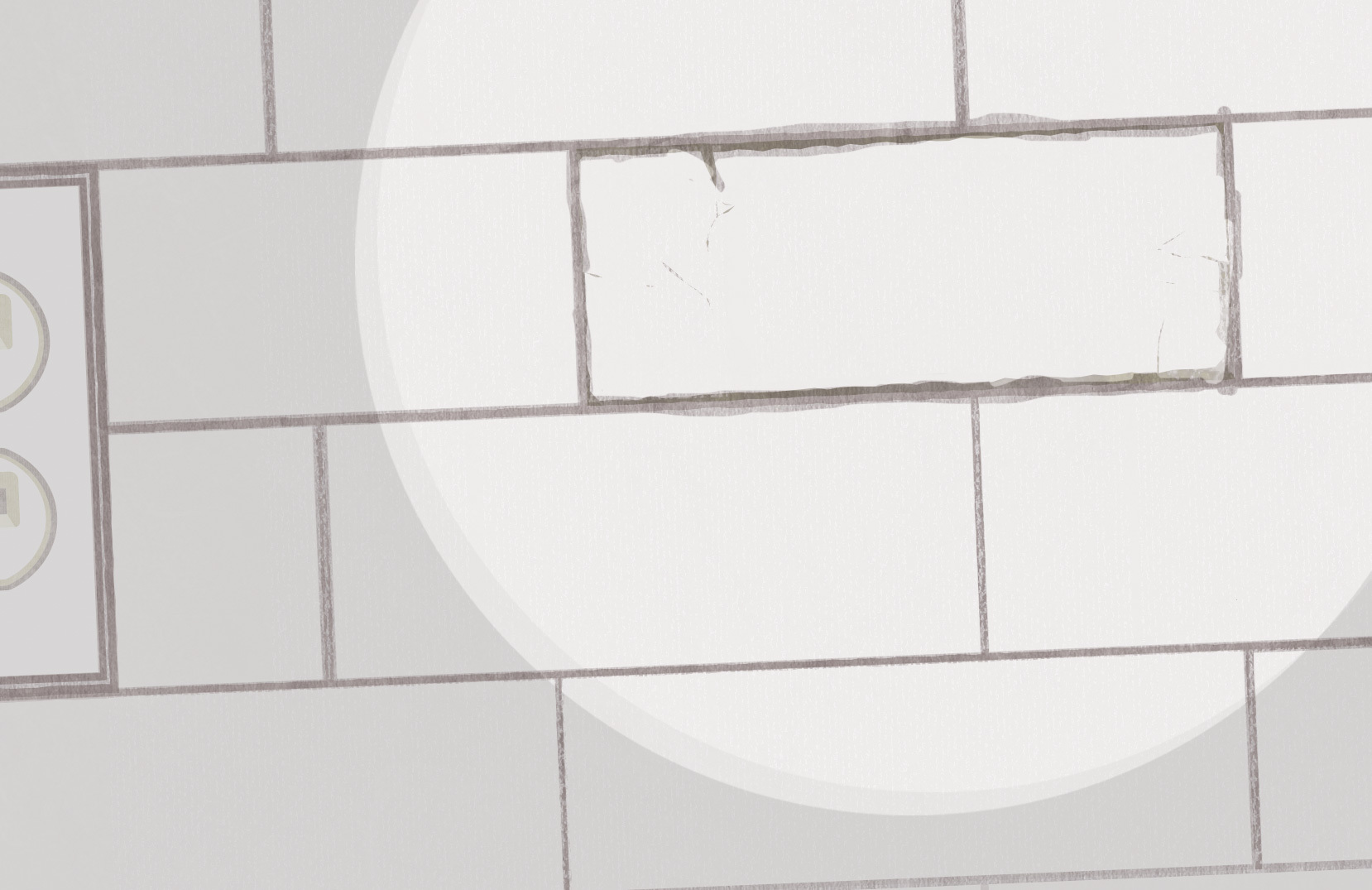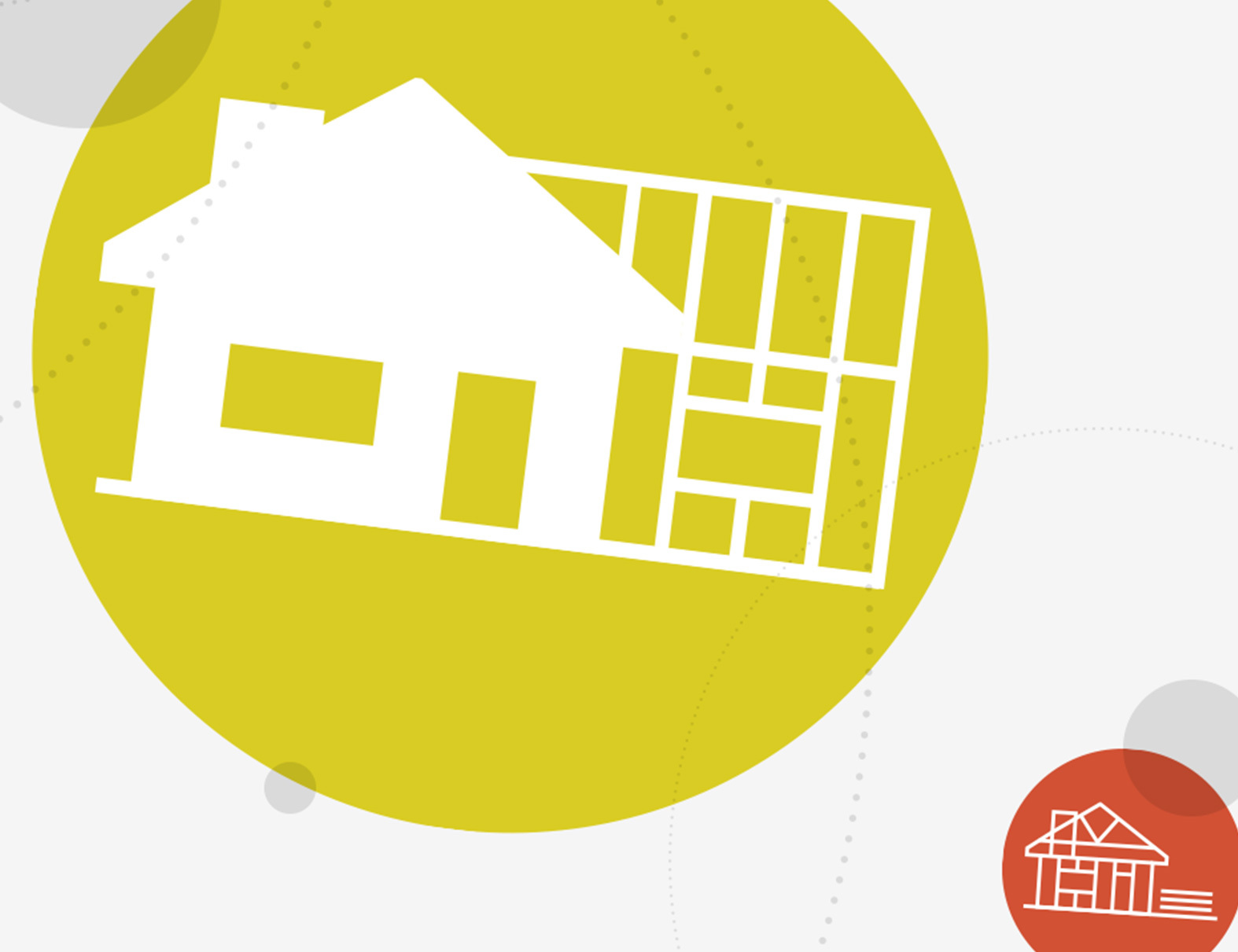Industry Trends
The Home Improvement Research Institute (HIRI) is the only nonprofit organization dedicated to home improvement research. This year, its annual HIRI Insights Conference welcomed its largest attendance to date. Attendees learned about topics as varied as macro and micro trends in the rental housing market, how innovation impacts the home improvement process, how home wellness has increased quickly and crucial insights on how global economics impact home improvement activity. Appropriately positioned among all of this indispensable knowledge was The Regret Factor research presented by our very own Leslie Gillock, vice president and director of insights, and Brenda Bryan, executive director of the Research Institute for Cooking and Kitchen Intelligence (RICKI). It’s difficult to be in an environment like the HIRI Insights Conference and not be amazed by the depth of the research and analysis surrounding the home improvement industry.
Here are seven key takeaways from the 2018 HIRI Insights Conference.
1. Remodeling activity isn’t slowing down anytime soon.
The steady increase in remodeling activity will continue through 2021, according to Mark Boud, senior vice president and chief economist at Hanley Wood/Metrostudy. With home prices on the rise and the new-home market slowing down, he advises clients to emphasize remodels instead of new homes. “Since we aren’t building as many new homes, people are staying in their houses longer and remodeling them instead. Equity wealth is at an all-time high, so it’s easier to take out a home improvement loan,” Boud said. “And with the existing house stock averaging about 38 years old, much of the inventory is in need of updating.”
2. Innovative technology can inspire brand loyalty.
“People born in the 1980s are often more interested in technology than brands,” said Sidney Pell, consumer and products insights manager at John Burns Real Estate Consulting. “Shift your advertising to a more inclusive message that highlights the tech that sets you apart while leveraging brand recognition as the foundation.”
3. Over-inspiration is a key factor in home improvement regret.
A whopping 33 percent of homeowners who completed a home improvement project in the past year regret that they did not spend more on the project. These homeowners — who tend to be young, urban families with higher incomes — invested more time, money and thought into the projects than their satisfied counterparts. “Initially, the number was much higher than I expected,” said Preston Rhamy, engineering manager at Pella Corporation. “But after learning more, it doesn’t sound like people were completely off the mark, but lacking some of the details that differentiate house and home.”
“Regretters are more likely to have used a wide range of inspirational sources, especially television, magazines and social media,” according to Brenda Bryan, who led the study. “Satisfied homeowners were much more heavily influenced by in-person retail store experiences and advice from friends and family.”
Discovering valuable insights – such as the fact that outside of kitchen and bath products, window purchases land the highest regret incidence by product, or the fact that homeowners often incorrectly estimate the costs of their projects — further solidifies the significance of this conference for our industry. “Where else can you find this many people who are deeply involved in home improvement-related research?” Bryan asked. “All of this data can be leveraged to make sound business decisions.”
4. Home wellness is on the rise and the lighting industry is leading the way.
Traditionally, people who bought smart home technology prioritized increased energy efficiency and security in their homes, along with peace of mind and a greater sense of control. Until recently, home wellness had been an emerging but still fairly futuristic concept. Now, indoor air quality (IAQ) and LED lighting technologies are contributing to healthier and smarter homes across the country.
LED lighting, in particular, is an ideal platform to address not only energy efficiency and security, but also healthy living. “Circadian rhythm lighting is a hot topic. Along with LEDs, it’s changing the landscape of the smart home and lighting in general,” said Jie Zhao, Ph.D., senior vice president of research and development at Delos. “Light impacts our health and well-being far beyond the eyes. When we consider the intricacies of the light spectrum, intensity of light and exposure timing and duration, we have a much better grasp on its capabilities to impact the way people live.”
5. Serial DIYers are more likely to be millennials.
“Millennials — who account for about a quarter of the population — are buying and remodeling existing homes at an increasingly high rate,” Boud said. Nearly a quarter of the U.S. population made home improvements in the last year, and of that 23 percent, only 7 percent opted to work with a professional. “DIYers spend more than 60 hours per week on TV and digital devices, including computers and smartphones, which can greatly impact their behavior,” said Peter Katsingris, senior vice president of insights at Nielsen. “The technology and the choices it provides make DIY a realistic option for people, but luckily, we know where to find them.”
6. Rentals are on the rise.
Higher-end rental units are making a mark on urban areas all over the country. According to research from the Joint Center for Housing Studies of Harvard University, 40 percent of additions to the rental stock in 2016 rent for $1,500 or more per month, compared to only 15 percent in 2001. Young people flock to urban areas for convenient amenities, proximity to work and lifestyle preferences, which has caused drastic rent increases in formerly low-cost neighborhoods of fast-growing metros.
“The homebuilders we work with are trying to anticipate how disruption might happen in homebuilding,” said Jonathan Spader, Ph. D., senior research associate at the Joint Center for Housing Studies of Harvard University. “They’re focused on how different manufacturing strategies can reduce costs and provide more entry-level units. That’s why HIRI is so important — companies can really learn how to position themselves in the market.”
7. The gap is widening between the way younger and older audiences engage with content.
Millennials and Gen Z make up about half of the United States population. This younger, more diverse half of our society is heavily influenced by new technologies, visual content and choice. While all generations own digital devices, older generations are more likely to own and use televisions and DVR players than their younger counterparts, who are more likely to have internet-connected devices and subscription video on demand services. Interestingly, in 2017, digital ad spend eclipsed the amount spent on television in many industries for the first time in history, but “in 2017, 83 percent of household industry ad spend was on television and magazines combined, with only 11 percent on digital,” Katsingris said. “It’s fascinating how the media landscape continues to evolve.”
“There are new players, new technologies and new ideas coming into the home improvement category,” Leslie Gillock said. “The home improvement industry is going to start evolving as rapidly as technology has. You can’t separate the two.”


